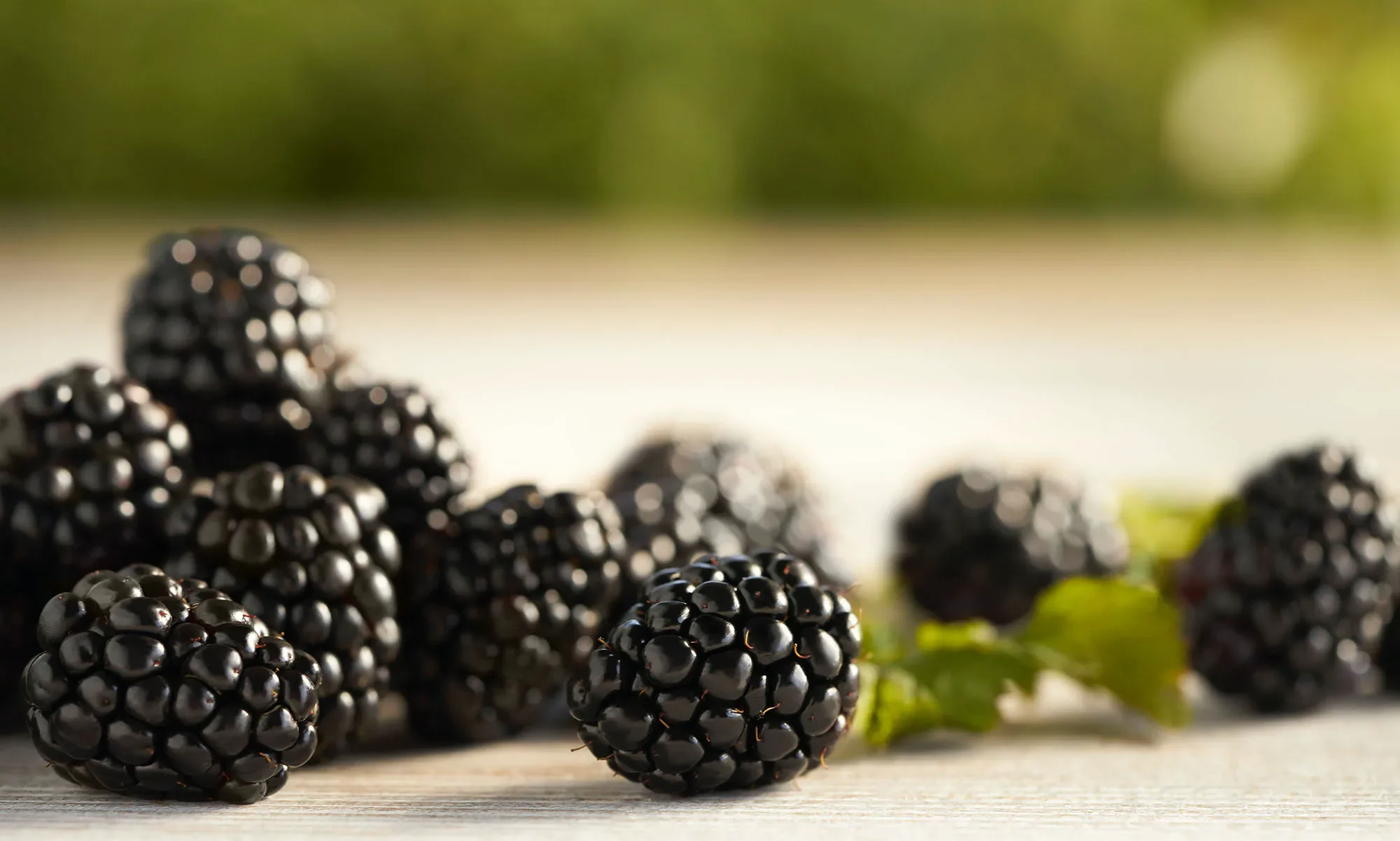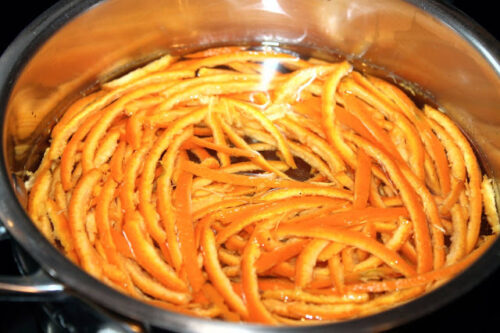Marmalade making is about as pleasurable as cooking can get. The rhythmic intensity of chopping and stirring, as atomized citrus oil and orangey steam billow around you, is hypnotic.
Although Seville oranges have a short season from late December until mid-February, a combination of other citrus fruits can create the wonderful bitter/sweet flavors of a Seville marmalade. This recipe is based on one by David Leibovitz.
Seville Orange Marmalade
Yield: About three 8-ounce Bell jars, or six 4-ounce jars
6 Seville oranges (or 1-1/2 lbs. equal parts tangelos, grapefruit, and lemon)
1 navel orange
10 cups (2.5L) water
pinch of salt
8 cups (1.6 kg) sugar
Possible mix-ins: poached dried apricots or cranberries
Place a small plate in the freezer. You’ll use this later to test the marmalade.
Wash oranges and wipe them dry. Cut each Seville orange in half, crosswise around the equator. Set a non-reactive mesh strainer over a bowl and squeeze the orange halves to remove the seeds, assisting with your fingers to remove any stubborn ones tucked deep within. Reserve the juice.
Tie the seeds up in cheesecloth or muslin very securely. These are what will produce the pectin necessary to thicken your marmalade.
Cut each rind into 3 pieces and use a sharp chef’s knife to cut the rinds into slices or cubes as thin as possible. Each piece shouldn’t be too large (no more than a centimeter, or 1/3-inch in length.) Cut the navel orange into similar-sized pieces.
In a large (10-12 quart/liter) stockpot, add the orange slices, seed pouch, water, and salt, as well as the reserved juice from the Seville oranges. Bring to a boil, then reduce to a simmer, and cook until the peels are translucent, about 20 to 30 minutes.
Remove from the heat and let the mixture stand overnight, to help the seeds release any additional pectin.
Stir the sugar into the mixture and bring the mixture to a full boil again, then reduce heat to a gentle boil. NOTE: Remember to stir occasionally while cooking to avoid burning the bottom. After about 20-30 minutes, remove the seed pouch and discard.
Continue cooking until it has reached the jelling point, about 218–220F degrees if using a candy thermometer.
To test the marmalade, turn off the heat and put a small amount on the plate that has been chilled in the freezer — briefly return it to the freezer. Check it in a few minutes; it should be slightly jelled and will wrinkle a bit when you slide your finger through it. If not, continue to cook in 10-minute increments (testing each time) until it is jelled.
Remove from heat. Ladle into sterilized jars leaving a 1/4 inch headspace. (A canning funnel helps this step. They’re available on Amazon.) Wipe rim with dampened clean paper towel. Adjust each two-piece metal canning lid and screw on the lids. At this point, you can store the marmalade in the refrigerator without processing. If you’re going to store the marmalade unrefrigerated, can it by processing in a boiling water canner.

